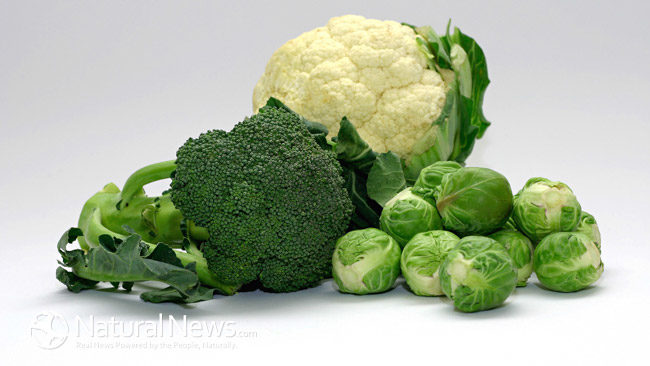Georgetown University Medical Center researchers were stunned to find that DIM (3,3′-diindolylmethane), a compound in cruciferous vegetables like cabbage, cauliflower, and broccoli, was able to increase survival rates in rats exposed to lethal doses of gamma ray radiation.
As revealed in Science Daily, The result was stunning, says Rosen, a professor of oncology, biochemistry and cell & molecular biology, and radiation medicine. “All of the untreated rats died, but well over half of the DIM-treated animals remained alive 30 days after the radiation exposure.”
Gamma ray radiation, as found in cesium-137 or iodine-131 emitted after nuclear disasters, damages human tissues and penetrates all but the heaviest barriers. DIM, which has been studies for its ability to prevent cancers, showed an ability to protect against radiation whether it was administered 24 hours before exposure or 24 hours after exposure. Researchers were also able to show that DIM protected against lethal amounts of irradiation, opening its use to patients undergoing radiation treatments for cancers.
Rosen says this study points to two potential uses of the compound. “DIM could protect normal tissues in patients receiving radiation therapy for cancer, but could also protect individuals from the lethal consequences of a nuclear disaster.”
Given the state of the world today and the ever increasing levels of background radiation, making cruciferous vegetables a staple of your diet can help to reduce the effects of radiation and other environmental toxins. Should higher than normal doses of radiation be encountered, or if someone is undergoing radiation treatments for cancer, it appears that supplementing with DIM can provide a protective effect.





